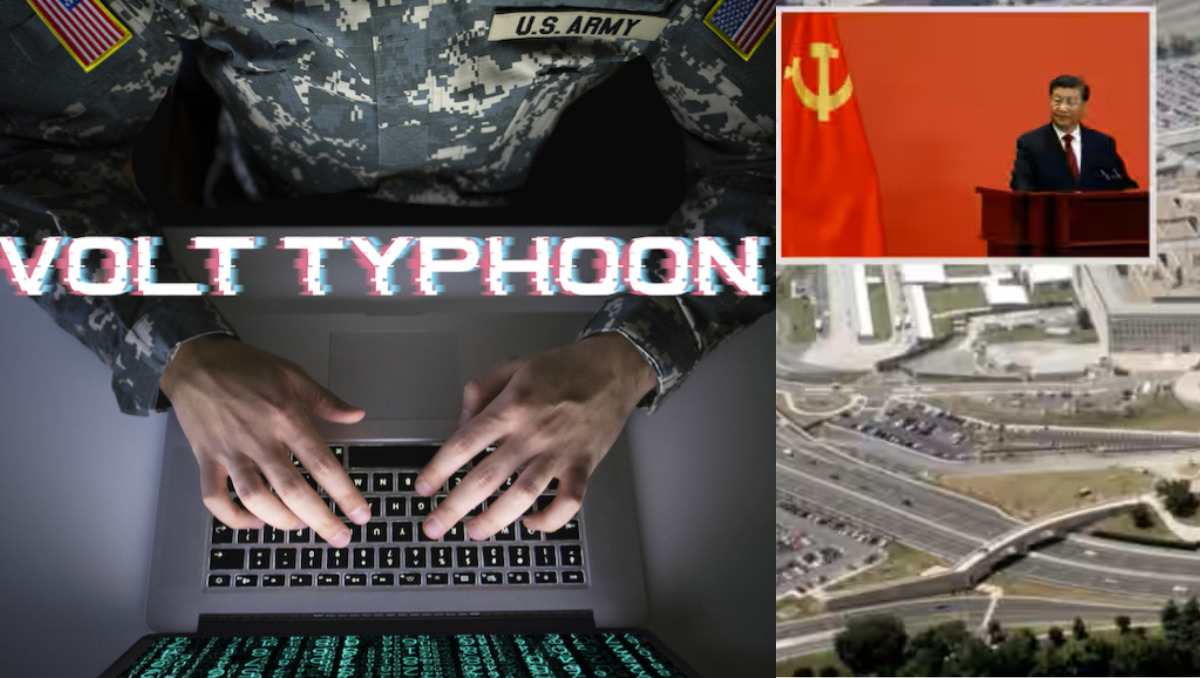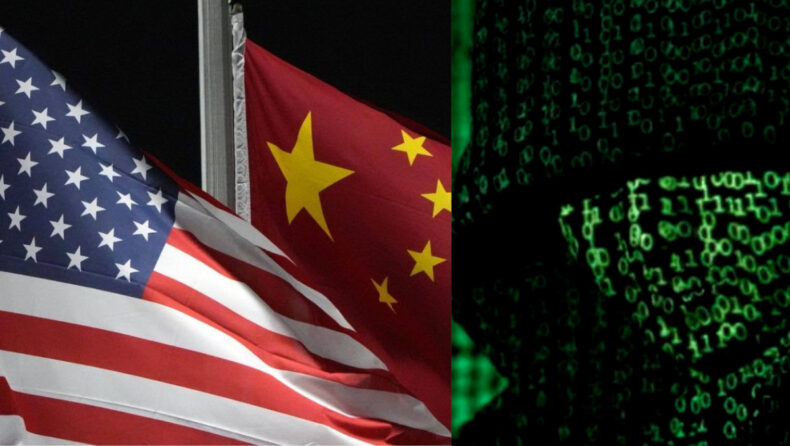The Biden Administration has expressed concerns about the presence of Chinese malware within US networks, as reported by The New York Times. This malware from China poses a potential risk to military operations and domestic communications.
U.S. officials are currently conducting a search for this covert software, fearing that it could disrupt critical infrastructures such as power grids, communications systems, and water supplies that are essential for military bases and other vital operations.

Caption: A report suggests that Chinese malware poses a risk of cutting power to US military bases, businesses, and homes.
The main worry is that, in the event of a conflict, hackers could exploit this malicious code to interfere with U.S. military activities.
Tensions between the United States and China, especially surrounding issues like Taiwan and China’s assertive actions in the Indo-Pacific region, have further amplified concerns about cybersecurity threats.
Malware: A Ticking Time Bomb Posing Serious Threat
Officials are increasingly worried about the discovery of a “ticking time bomb” malware allegedly planted by China in the US defence system.
This malicious software could disrupt military operations, cutting off power, water, and communications to American military bases, and potentially affecting civilians due to shared infrastructure.
If used, experts estimate that communications, computer networks, and power grids could be restored within days. American intelligence believes this threat-posing software could give China the ability to hinder US deployments and resupply efforts, including during a potential conflict with Taiwan.
Microsoft first noticed hints of this malicious software in May when it detected mysterious code in telecommunications systems in Guam and other US locations. However, the extent of the problem went beyond what Microsoft could see through its networks.
Key Background
In recent years, US-China relations have deteriorated, partially fueled by former President Donald Trump’s accusation of China being responsible for the pandemic. The Biden Administration increased sanctions on Chinese officials, and tensions escalated further when a Chinese spy balloon was shot down near the South Carolina Coast, with claims that Guam and Hawaii were the intended targets for surveillance.

Caption: Volt Typhoon; Cyberattack II Xi Jinping has been territorially assertive
Earlier this month, the Chinese government was accused of engaging in infrastructure hacking targeting Guam. Microsoft reported with “moderate confidence” that the incident was utilized to enhance hacking capabilities and later target communications infrastructure.
The hack was attributed to the state-sponsored hacker group Volt Typhoon, active since mid-2021, and known for targeting various sectors like communications, utility, government, and education. Officials raised concerns that this infrastructure hack in Guam could impact a potential military conflict between Taiwan and China.
China’s foreign ministry spokesperson, Wang Wenbin, previously denied any surveillance of the US by China, referring to the US as the “global champion of hacking and superpower of surveillance.”
US-China tensions rise with recent incidents
The public disclosure of the malware operation comes during a tense period in Washington-Beijing relations, marked by conflicts such as threats against Taiwan and US efforts to restrict semiconductor sales. The relationship is strained not only by technological competition but also by mutual accusations of malicious cyber activities.
Recent hacking incidents and breaches by China-based hackers have become a significant concern both within and beyond Washington’s power corridors.
Notably, the email account of the US Ambassador to China was hacked, and China-based hackers breached email accounts in various organizations, including US federal agencies like the State Department and the Department of Commerce.

Caption: Tumultuous US-China relations over the centuries
Recent Chinese penetrations have proven extremely challenging to detect. The attacks’ high level of sophistication restricts the communication of the implanted software with Beijing, making it hard to uncover. Traditional methods of discovery, like tracking information extraction or unauthorized accesses, are less effective against this malicious software, as it can remain dormant for extended periods.
These incidents highlight the sophistication of the hacking groups and the seriousness of the cybersecurity challenges posed by China.
It remains uncertain whether the Chinese government is aware of the malicious software, and its potential effectiveness remains unclear, according to officials.













